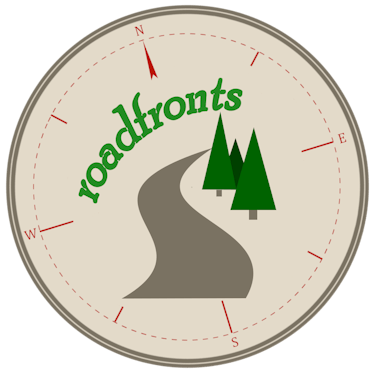Conquistador - Soldier/Explorer
January 3 - The Mind...Fransisco Vazquez de Coronado - #2-2024
MIND
AL
1/4/2024
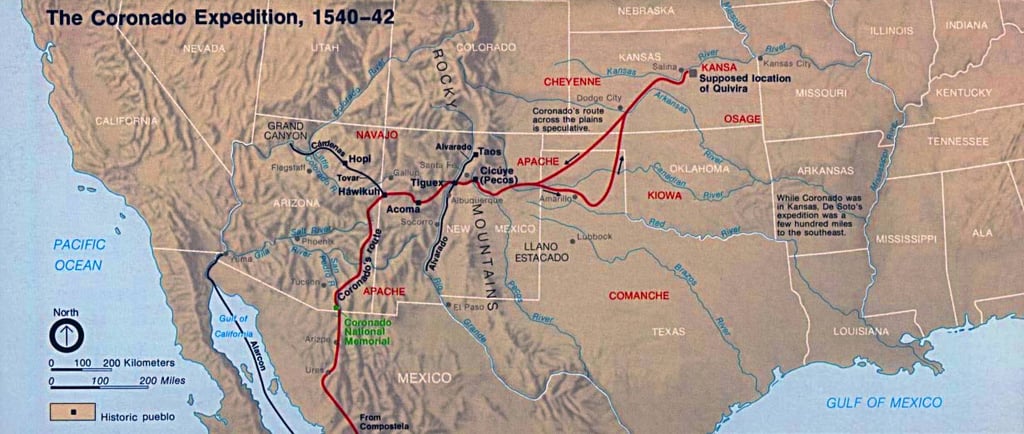

They say the mind is a terrible thing to waste, and I agree. On Wednesdays, I will share information on a recently discovered item I find interesting, delving further into learning more about it.
The Coronado National Memorial in Hereford, Arizona, pays tribute to the first organized expedition, back in the year 1540, into what has become the American Southwest. It was led by Francisco Vazquez de Coronado. We have visited this Memorial a few times and my history-loving mind wanted to know who this conquistador was, and the why’s and what’s of his expedition.
Francisco Vazquez de Coronado was born in 1510, the second son of a nobleman. As such, he would not inherit much from his fathers estate and went to the new world as an associate of the first Viceroy of New Spain (present-day Mexico), who ruled in the name of the Spanish Monarchy. He married the young daughter of the governor of a region in northwest Mexico, and inherited a large estate there from her family. Coronado went on to become the Governor of Nueva Galicia, which included the present day cities of Mazatlan and Guadalajara along the Gulf of California. It is from this position that he mounted the first expedition into the American Southwest.
In 1539 he dispatched Friar Marcos de Niza on an expedition toward present-day New Mexico. Upon his return, he told stories of a golden city called Cibola that stood high on a hill, appearing as wealthy and large as Mexico City. Based on this report, Coronado assembled a massive expedition one year later to claim this land for Spain. Coronado invested his own money into this venture, pawning his wife’s estates to raise the funds, with the thought that great fortune would be found. The Viceroy of New Spain invested large sums of his own money toward this expedition, appointing Coronado as the commander.
Coronado set out with family members and servants. The expedition was comprised of 400 European soldiers, 1,300 Mexican native allies, four Franciscan friars (including Marcos de Niza), and several slaves (both natives and Africans). Roughly 6,000 head of cattle and sheep were brought along to feed the procession.
This large complement of people began heading north in February of 1540, following river valleys until they discovered a pass to get through the mountains. The first pass they found, now called Montezuma Pass, is located inside the Coronado National Memorial. The villages they encountered along the way were just a collection of nondescript pueblo dwellings. They were nothing like the riches that the friar had recounted in his stories. Coronado sent him back to New Spain in disgrace. The expedition continued on, following reports from native guides that gold and other precious metals still lay ahead. They traveled along what is now the Arizona/New Mexico border before heading further east into western Texas, Oklahoma, and Kansas. Never finding any riches, they finally admitted defeat, and returned to New Spain in 1542.
While this expedition failed its mission to find gold, it did accomplish several things. It opened up this vast area to new settlement. They were the first Europeans to see the Colorado River, the Grand Canyon, and the vast herds of Bison on the prairies. If they had more of a prospecting mind, they would have discovered those riches as happened centuries later in towns such as Tombstone and others.
Share your comments on Facebook or email us at roadfronts@gmail.com
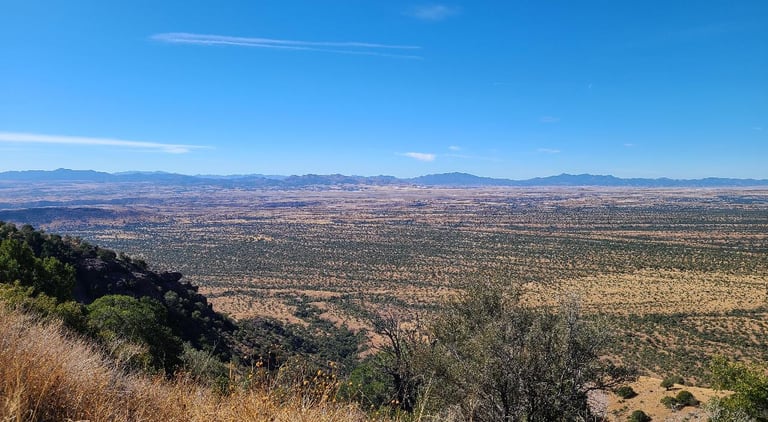

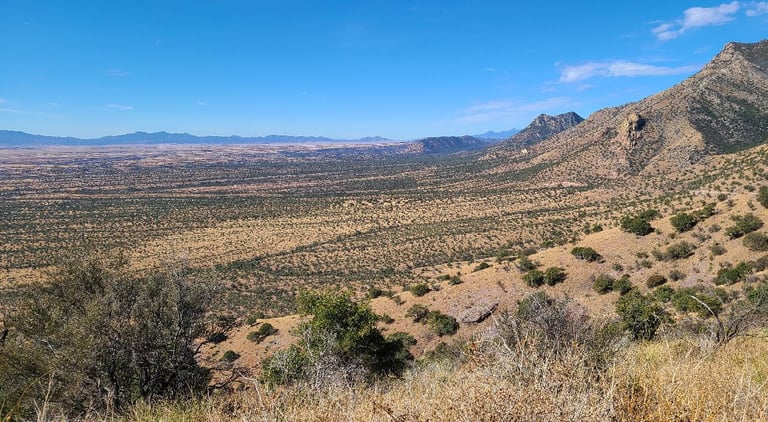

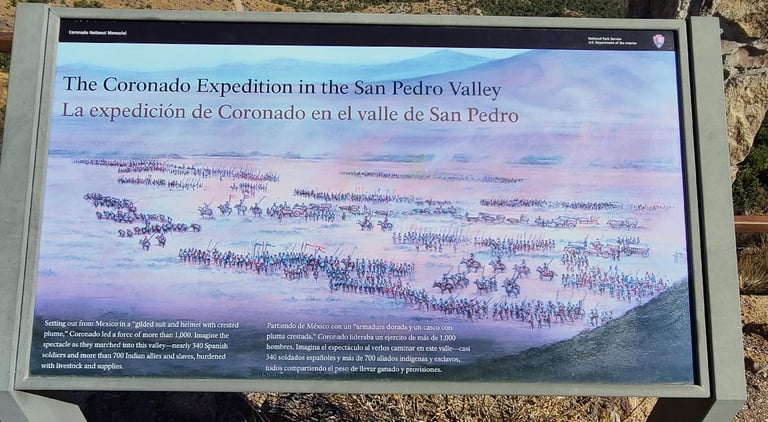

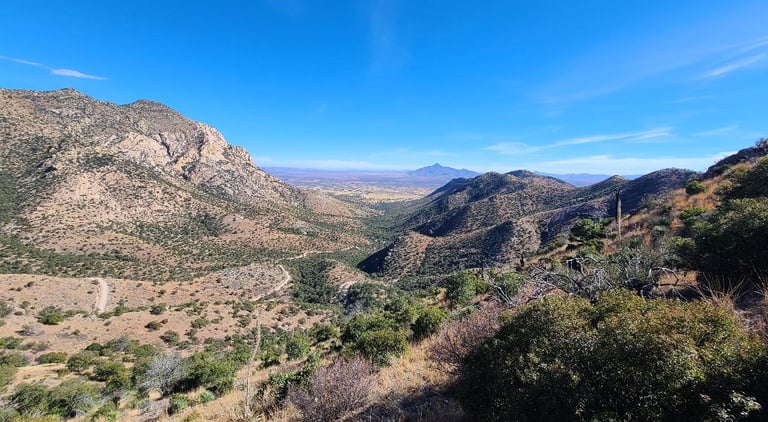

Subscribe for monthly updates
Current location:
